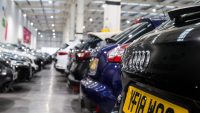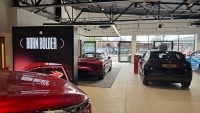Used battery-electric vehicle sales enjoyed a record first quarter this year, according to latest figures from the SMMT.
Data released today (May 10) shows the used car market as a whole rose by 5.1 per cent during the first three months of 2022, with 1,774,351 transactions taking place versus 1,687,755 in 2021.
That was an extra 86,596 cars that changed hands compared with the same quarter last year when showrooms were closed because of lockdowns and only click-and-collect transactions were allowed.
The SMMT said used car sales so far this year had been driven by a buoyant market in January and February, despite the worldwide shortage of semiconductors putting the squeeze on new car supply, with rises of 17.7 per cent and 7.4 per cent respectively.
March, however, saw a drop of 6.8 per cent, after a stronger month in 2021 when the pandemic-affected market started recovering.
But in spite of the growth during the quarter, used car sales were still 12.2 per cent below the pre-pandemic year of 2019, when 2,020,144 second-hand vehicles were sold.
Buyers showed their keenness for pre-owned zero-emission cars, with transactions for BEVs more than doubling from 6,625 to 14,586 – a rise of 120.2 per cent and a record figure, said the SMMT.
Plug-in hybrids (PHEVs) and hybrids (HEVs) also changed hands in greater numbers than the year before, rising by 35.3 per cent to 14,433 and 28.8 per cent to 35,007 units respectively.
But petrol and diesel cars still dominated the used market, representing 96.2 per cent of used sales, or some 1,707,135 units.
Plug-in vehicles comprised 3.6 per cent of the total market share – up from 1.6 per cent in 2021’s first quarter, which the SMMT said showed that the growth in new EVs over the past two years had yet to have a significant impact on the overall market.
Mini, dual-purpose and supermini segments saw the largest growth – up 13.5 per cent, 12.3 per cent and 9.1 per cent respectively.
MPV transactions, meanwhile, dipped by 7.5 per cent, followed by luxury saloons (3.4 per cent) and upper mediums (three per cent).
Superminis were still the most popular used buy at 32.6 per cent, followed by lower-medium and dual-purpose vehicles at 26.6 per cent and 14 per cent respectively.
The three segments accounted for more than seven in 10 (73.2 per cent) of all cars finding new owners.
Black was the most popular colour choice, with one in five cars painted in the colour changing hands – 383,418 units – followed by blue (291,199) and silver/aluminium (289,016).
Regionally, the south-east of England saw the most transactions at 257,923, with the north-west and West Midlands taking second and third place at 195,551 and 179,727 sales respectively.
SMMT chief executive Mike Hawes said: ‘With the new car market hampered by ongoing global supply shortages, growth in the used car market is welcome if unsurprising, especially given we were in lockdown last year.
‘Electric car sales are energising the market, with zero-emission vehicles starting to filter through in larger numbers to consumers looking forward to driving the latest and greenest vehicles.
‘Although there is some way to go before we see the recent growth in new EVs replicated in the used market, a buoyant new car market will be vital to help drive fleet renewal, which is essential to the delivery of carbon savings.’
The Top 10 Best-Selling Cars In 2022’s First Quarter
1: Ford Fiesta (73,851 sales)
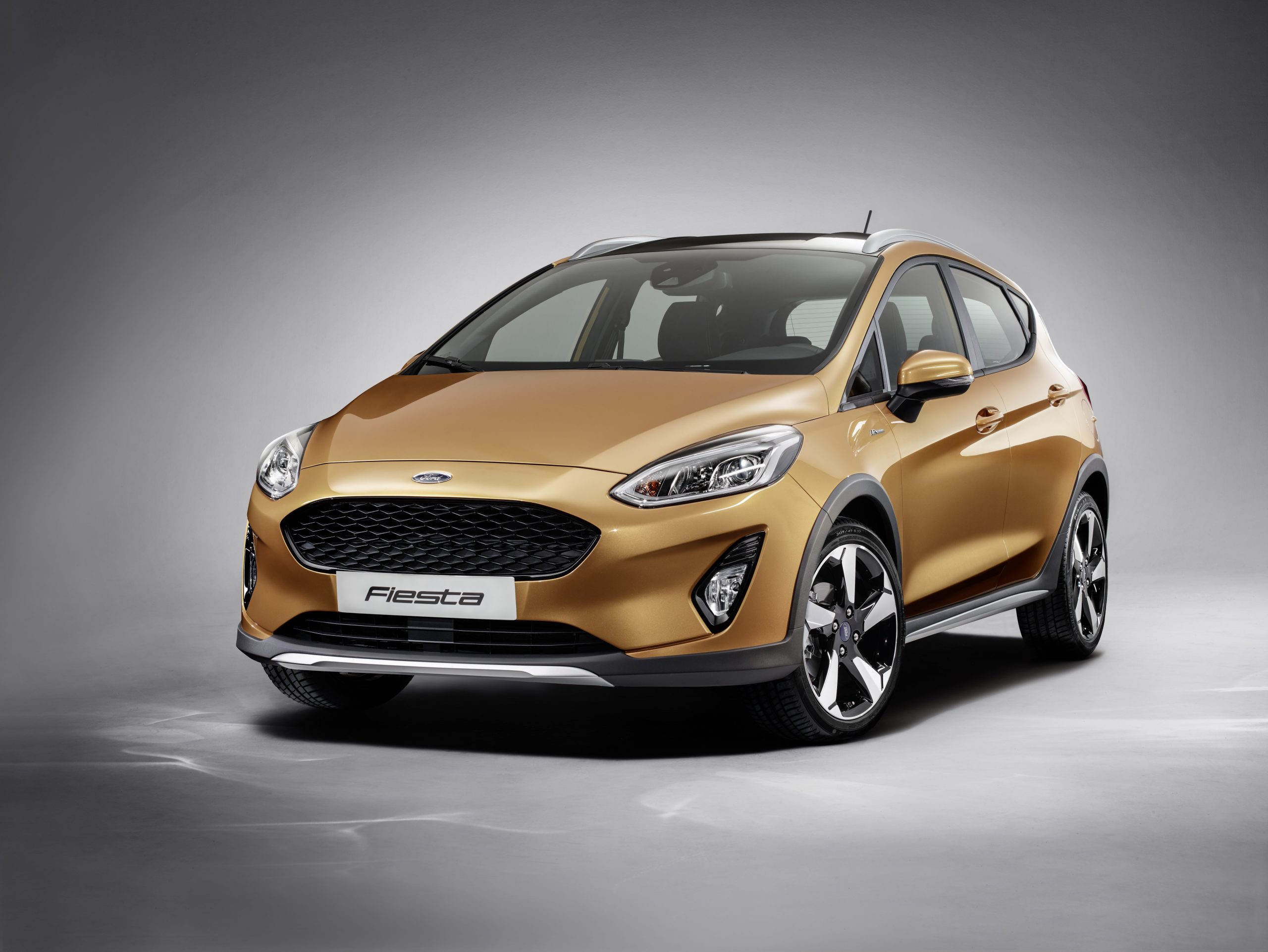
2: Vauxhall Corsa (61,236)
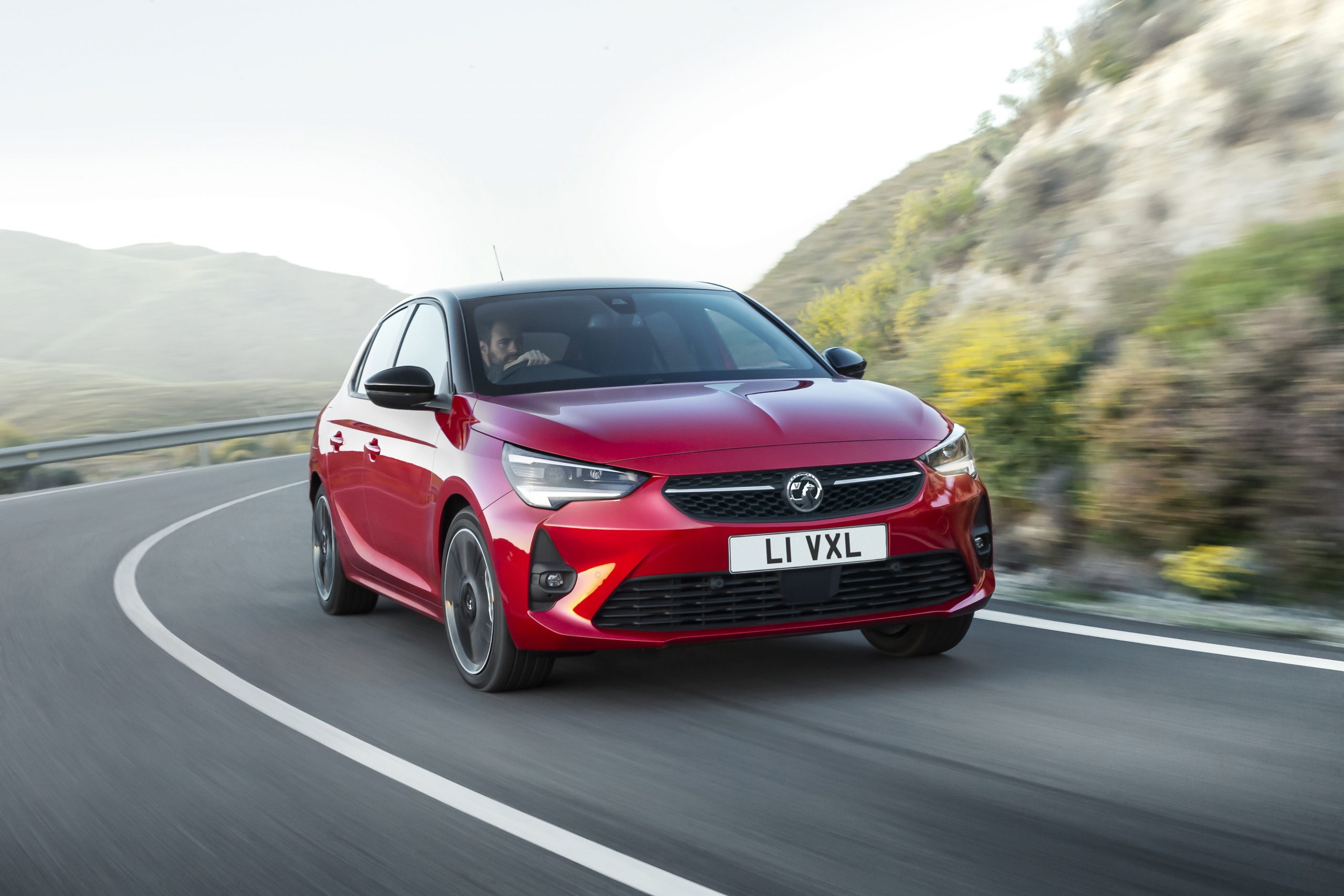
3: Volkswagen Golf (56,787)
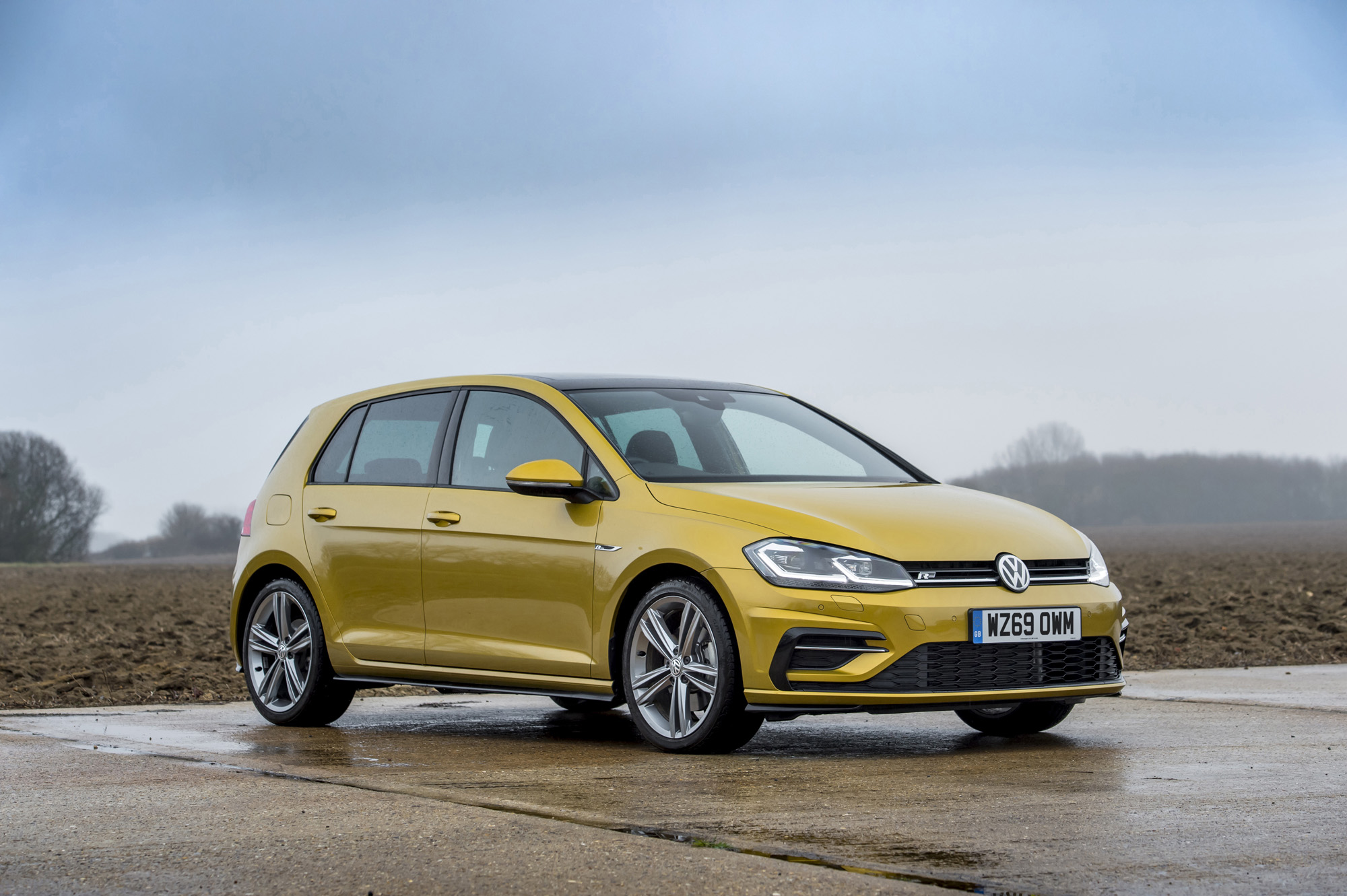
4: Ford Focus (56,250)
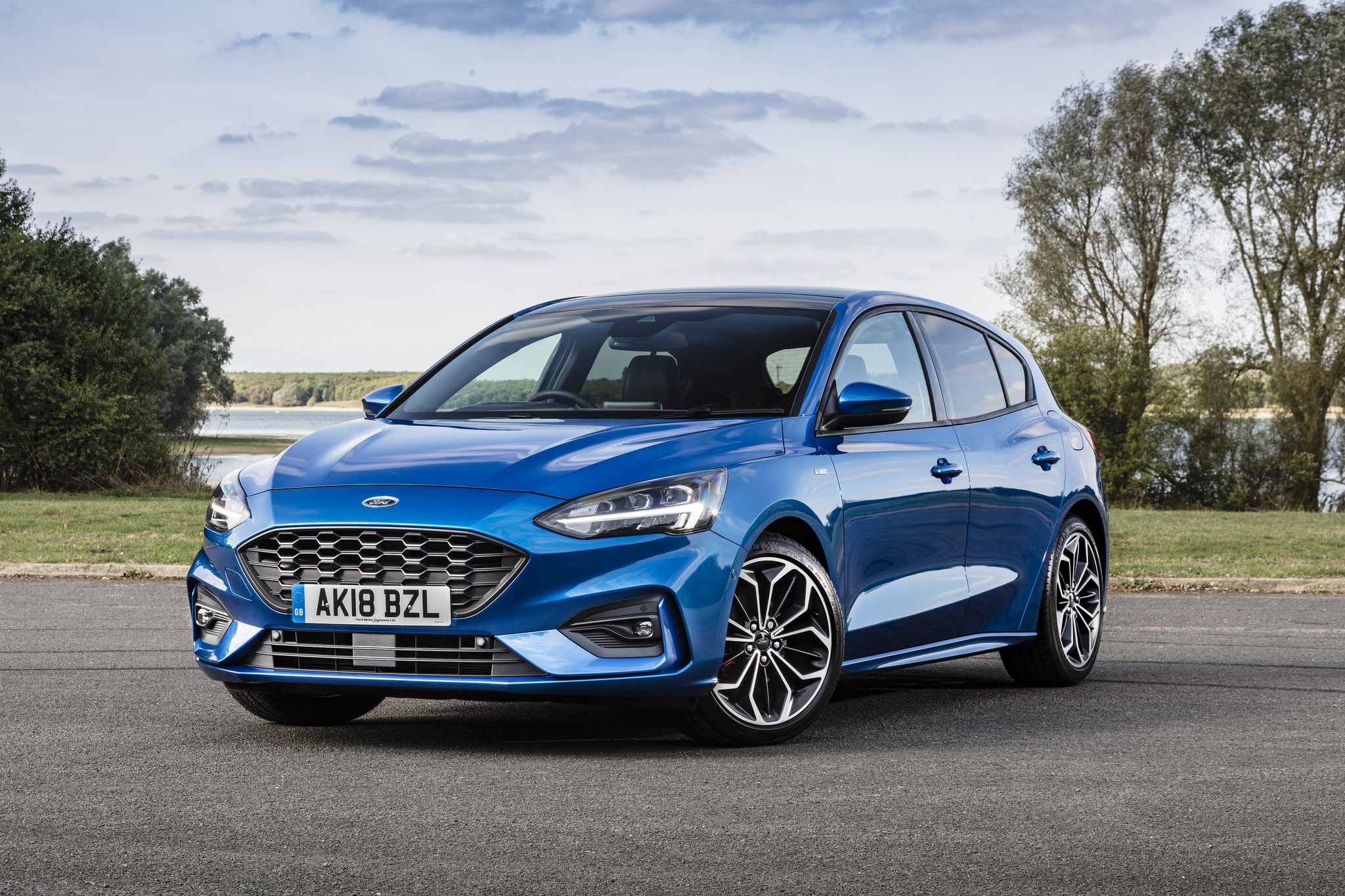
5: Vauxhall Astra (43,527)
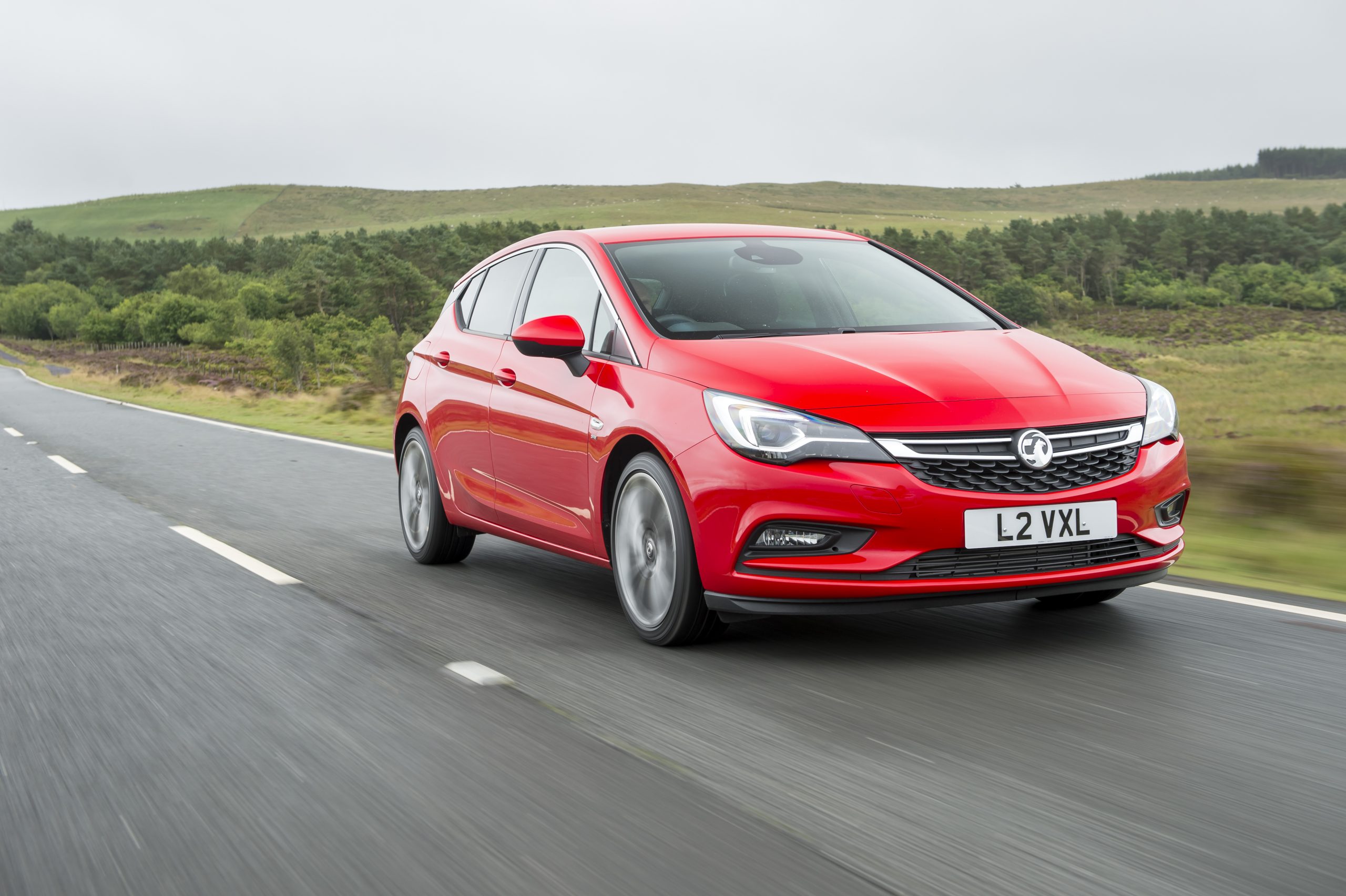
6: Mini (41,831)
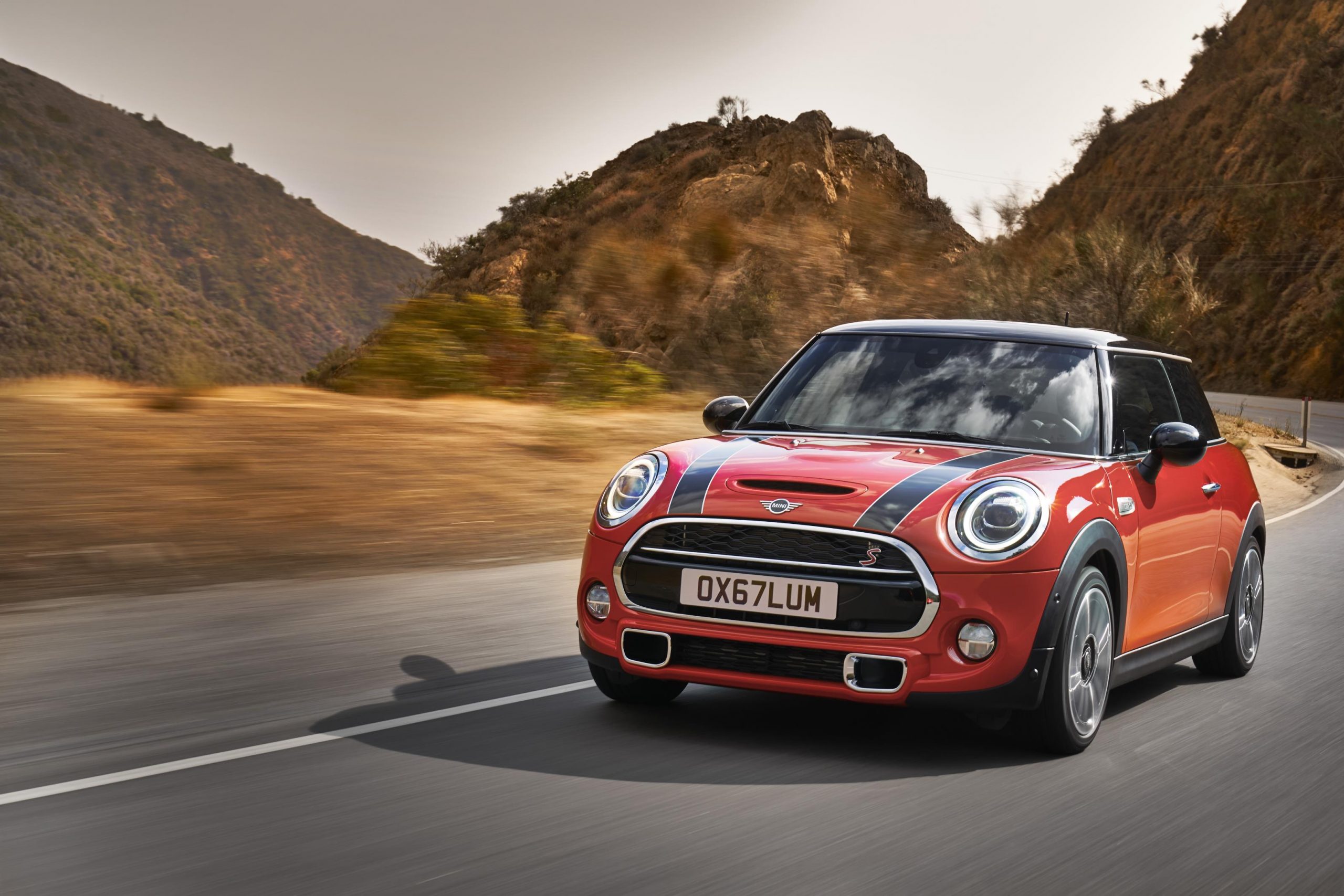
7: BMW 3 Series (40,965)
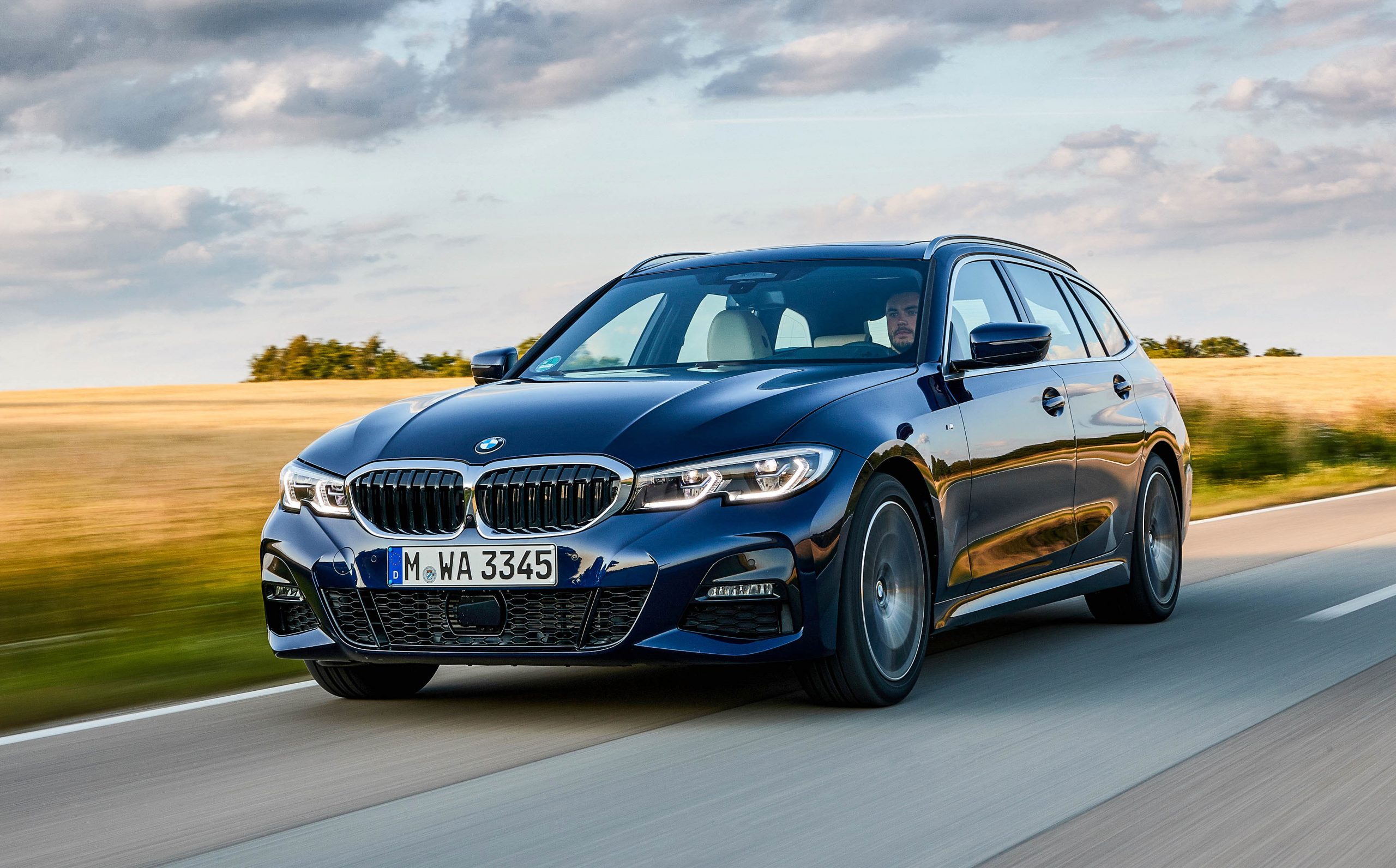
8: Volkswagen Polo (35,777)
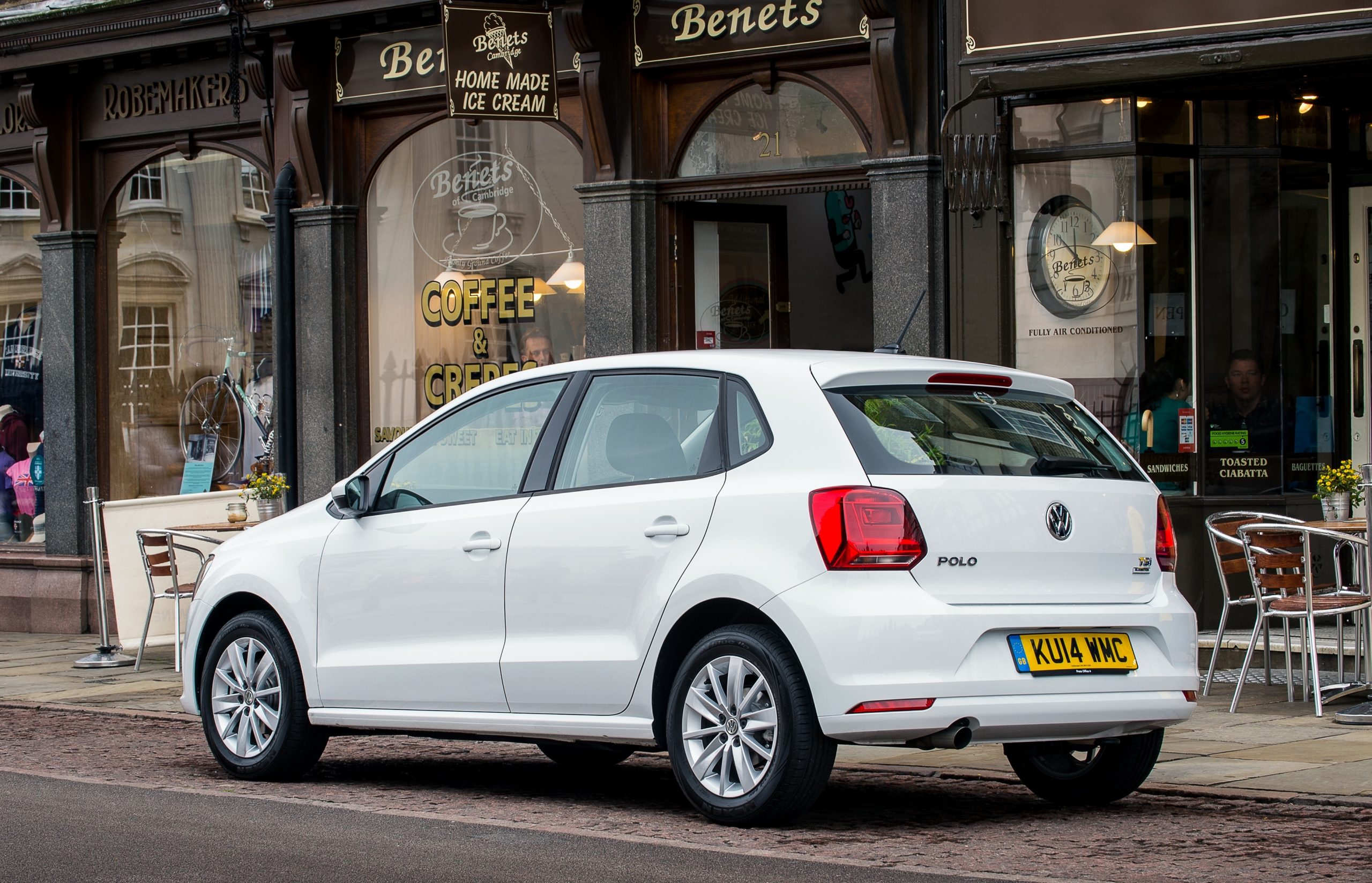
9: Audi A3 (30,085)
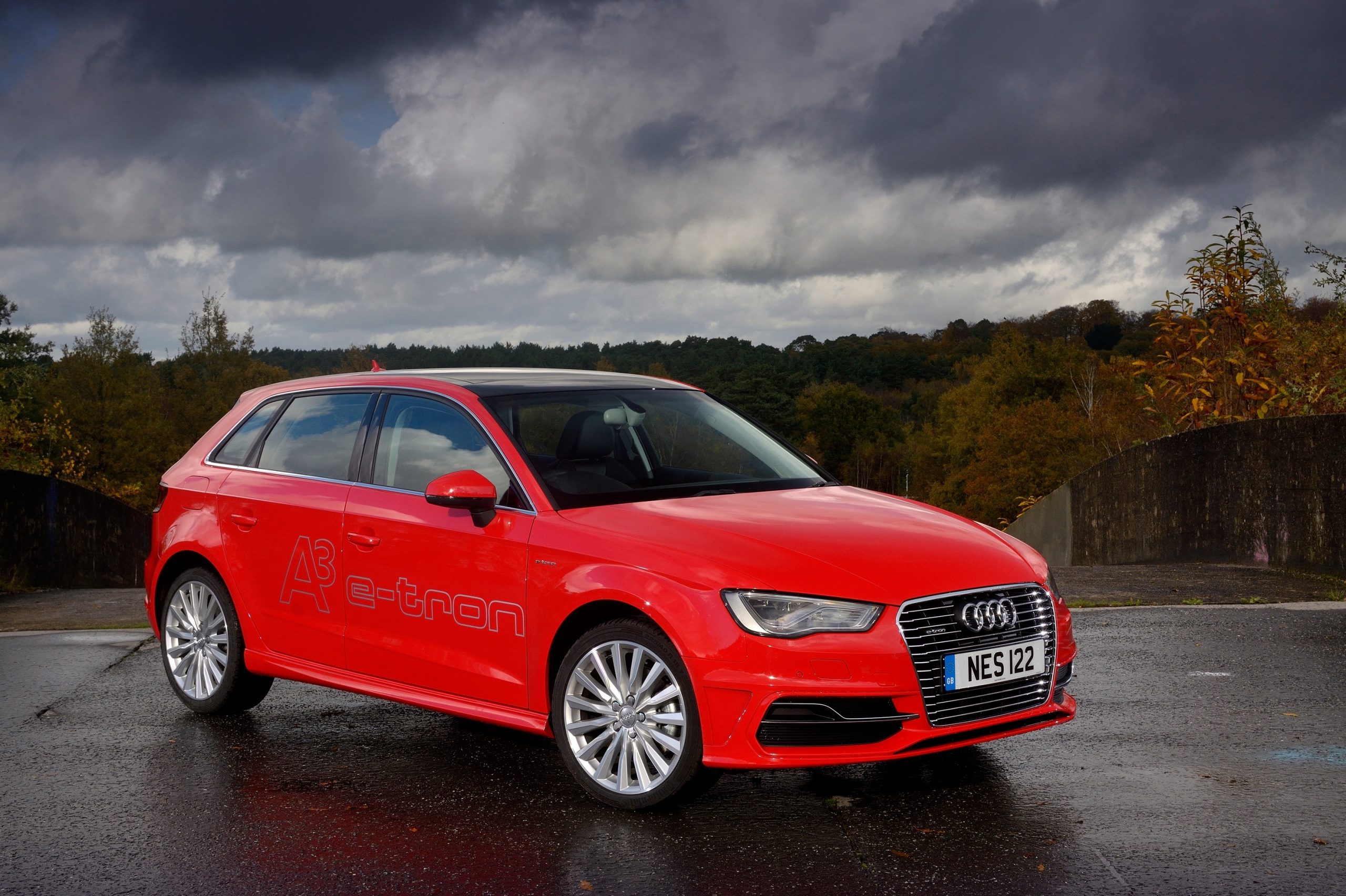
10: BMW 1 Series (30,024)
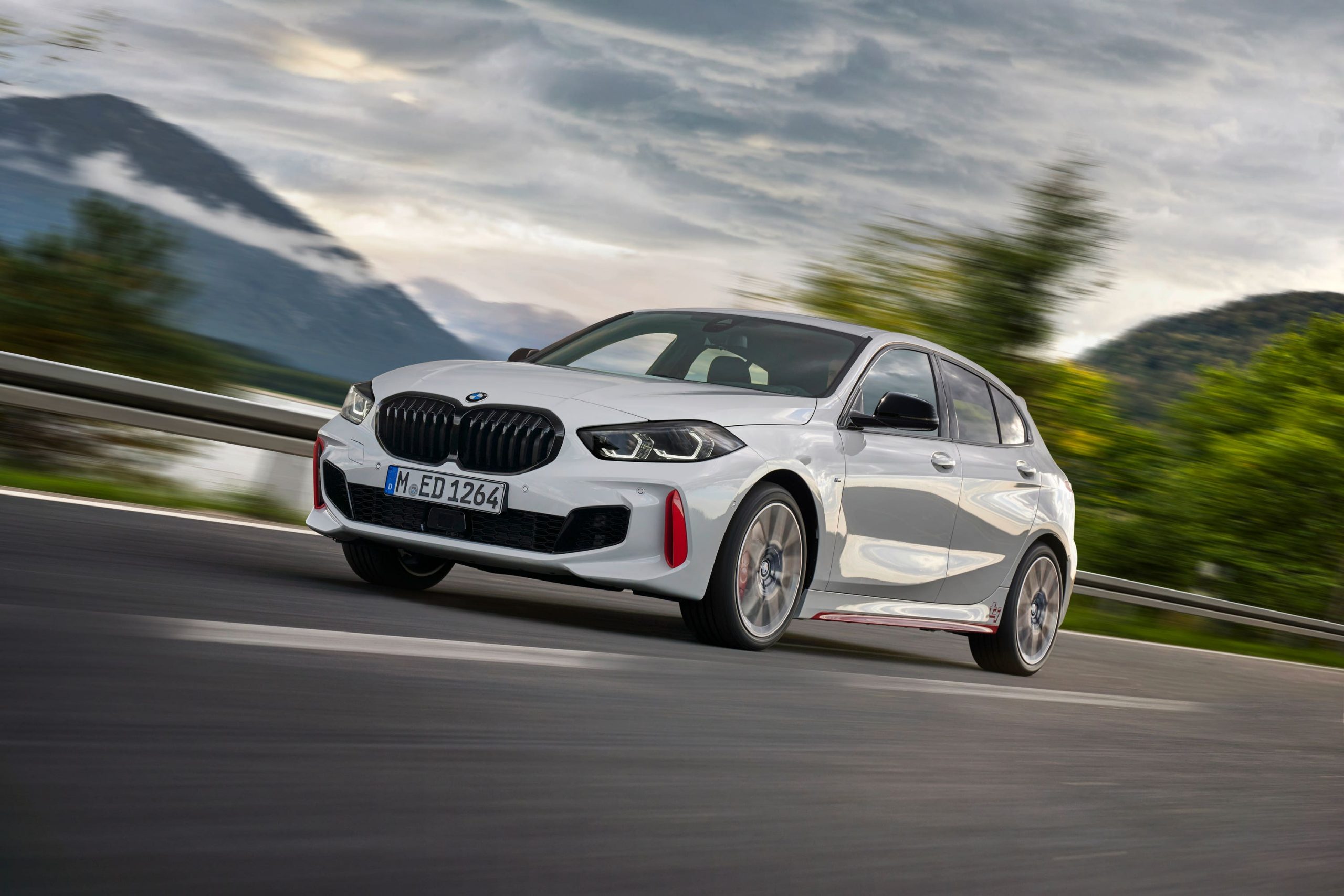
What the industry thinks
Problem for years to come
Used buyers remain the most active in the market, according to our latest research of 1,141 in-market buyers, with 46.77 per cent set to buy in the next four weeks, compared with just 27.55 per cent for new car buyers.
However, used car stock is inherently linked to the new car market, and the delivery delays in new car sales, especially for EVs, means things like the used market for electric vehicles isn’t growing at the rate it needs to, which will present a problem for the sector in the years to come.
Jim Holder, editorial director, What Car?
Market will stay buoyant for up to two years
We expect the market to remain buoyant over the next 12 to 24 months as semiconductor and wiring loom supply constraints continue to impact on new car production.
Across the board, prices are still strong and vehicles are achieving good money, especially in the sub-£10k area. Ford, VW, and BMW in general are selling well and we have seen a real spike in used EVs, particularly Tesla but also from Nissan and Volkswagen.
With the green agenda high on the government’s list and more infrastructure to support EVs becoming available, we will see even more drivers go electric in the years to come – and with continued constraints on new car supply, they’ll be turning to the used car market to make this jump.
Alex Buttle, co-founder, Motorway
Greater availability of used EVs bodes well
The new car market’s loss has been the second-hand market’s gain.
Soaring petrol and diesel prices have helped establish EVs as buyer favourites, but with new electric models costing significantly more than conventionally fuelled rivals, greater availability of second-hand EVs bodes well for the used market.
Used car prices have risen steadily in response to such strong demand and supply is not infinite, but for now the second-hand market is proving a beneficiary of the pressures constraining the new car market.
James Fairclough, CEO, AA Cars
Don’t expect a price drop anytime soon
If there are fewer new cars rolling off the production line, then it stands to reason that there are fewer used cars to be sold.
The key point though is where used cars are available, demand is still very robust.
Contrary to some speculation, despite a softening in month-on-month price growth, anyone expecting a significant drop in retail prices anytime soon will be sorely disappointed.
Ian Plummer, commercial director, Auto Trader
Challenge will be managing inventory
The increasing cost of living is cooling the used car market slightly, but demand still remains high and that is likely to continue until the issues impacting on new car production are resolved and more supply enters the used car market. That is unlikely to be this year.
With more attractive margins than in the past, automotive businesses have been quick to invest in their used car operations, including considerable investment from online operators.
The challenge in time will be managing inventory levels as prices begin to correct themselves. But for now, demand is greater than supply, including for the emerging used BEV market.
Richard Peberdy, UK head of automotive, KPMG
Figures should instil confidence in residual value of EVs
An established used vehicle market makes EVs more accessible to those consumers who may not be able to afford a new vehicle.
For existing EV owners, today’s figures should instil confidence in their vehicle’s residual value which, eventually, also filters through into more attractive financing deals for new car sales and fleet renewal.
With record-high fuel prices at the pumps, interest in electric vehicles can be directly attributed to a shift in consumer behaviour. As the cost of fuel has skyrocketed, many dealers have seen a direct correlation with EV inquiries.
Jamie Hamilton, automotive director and head of electric vehicles, Deloitte











